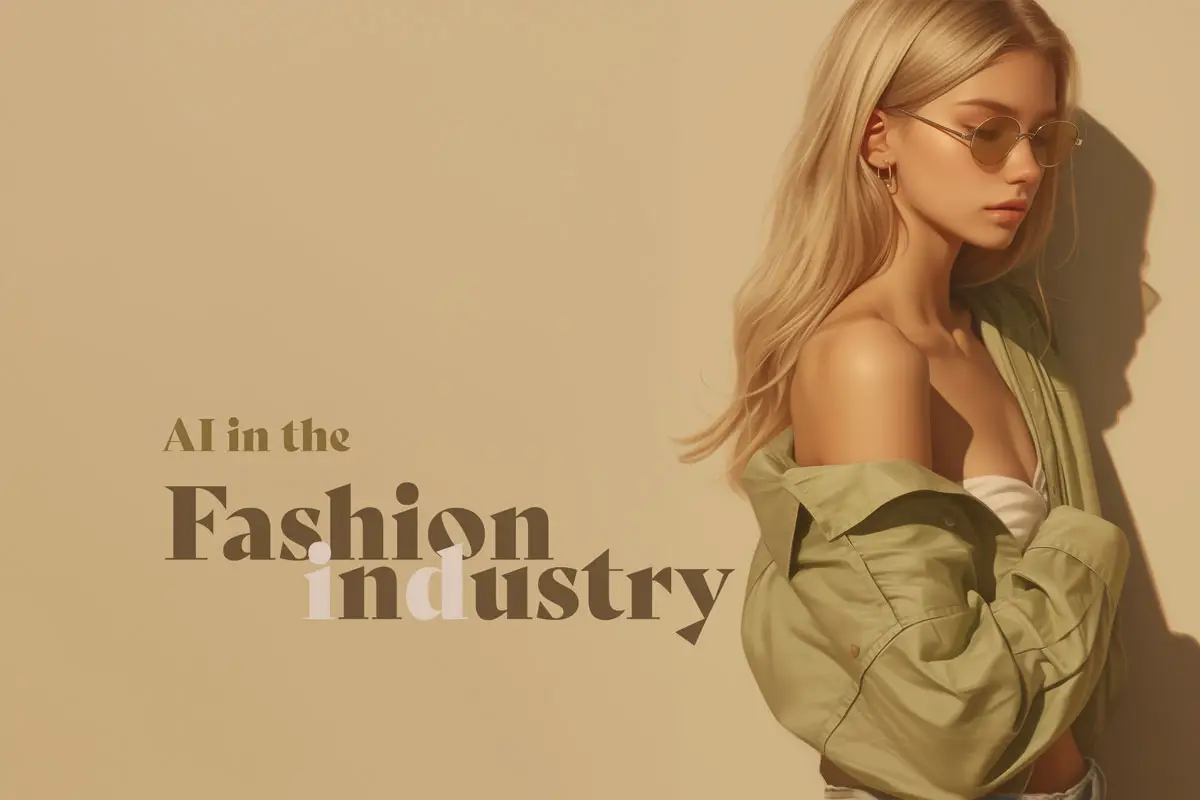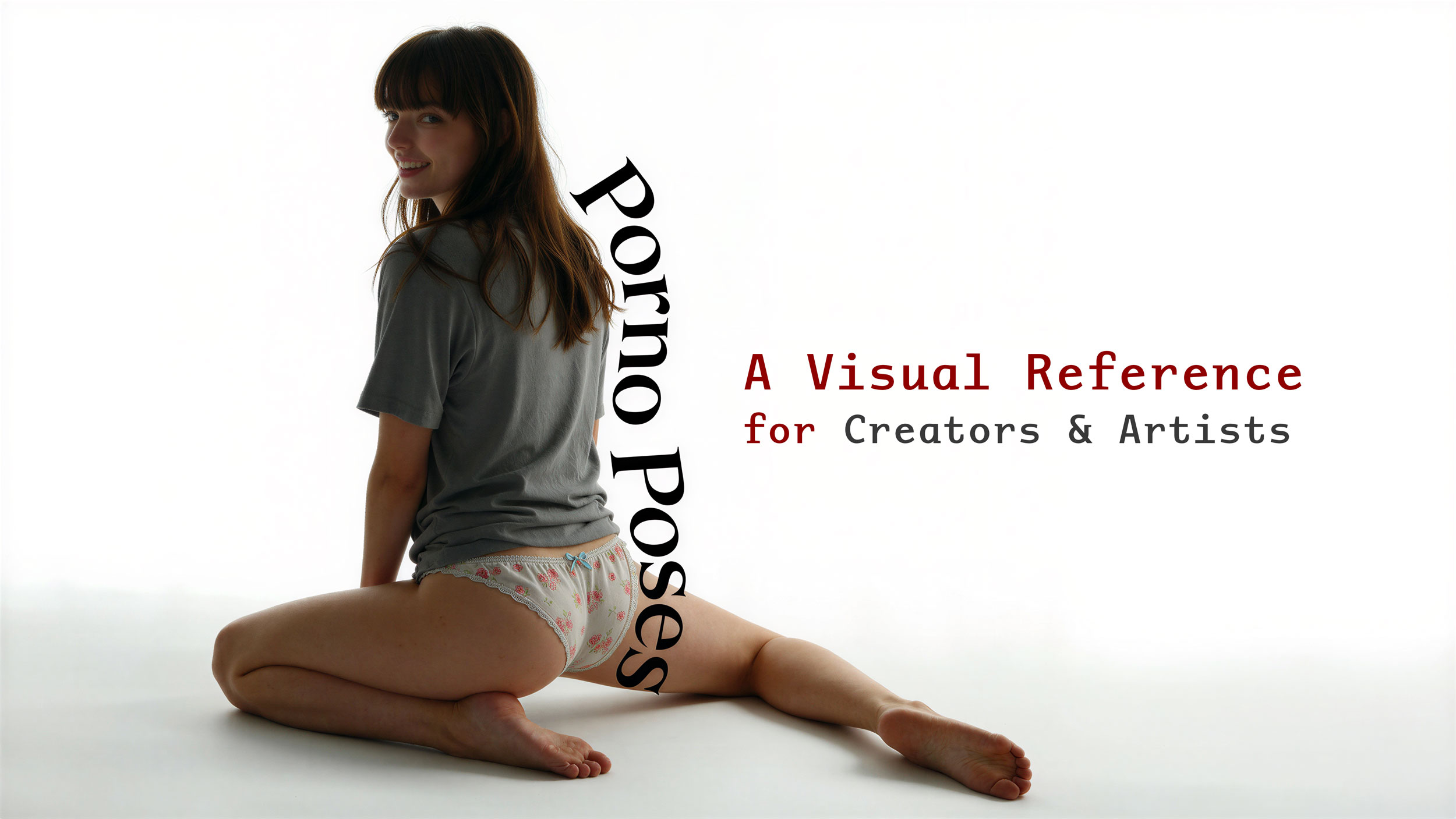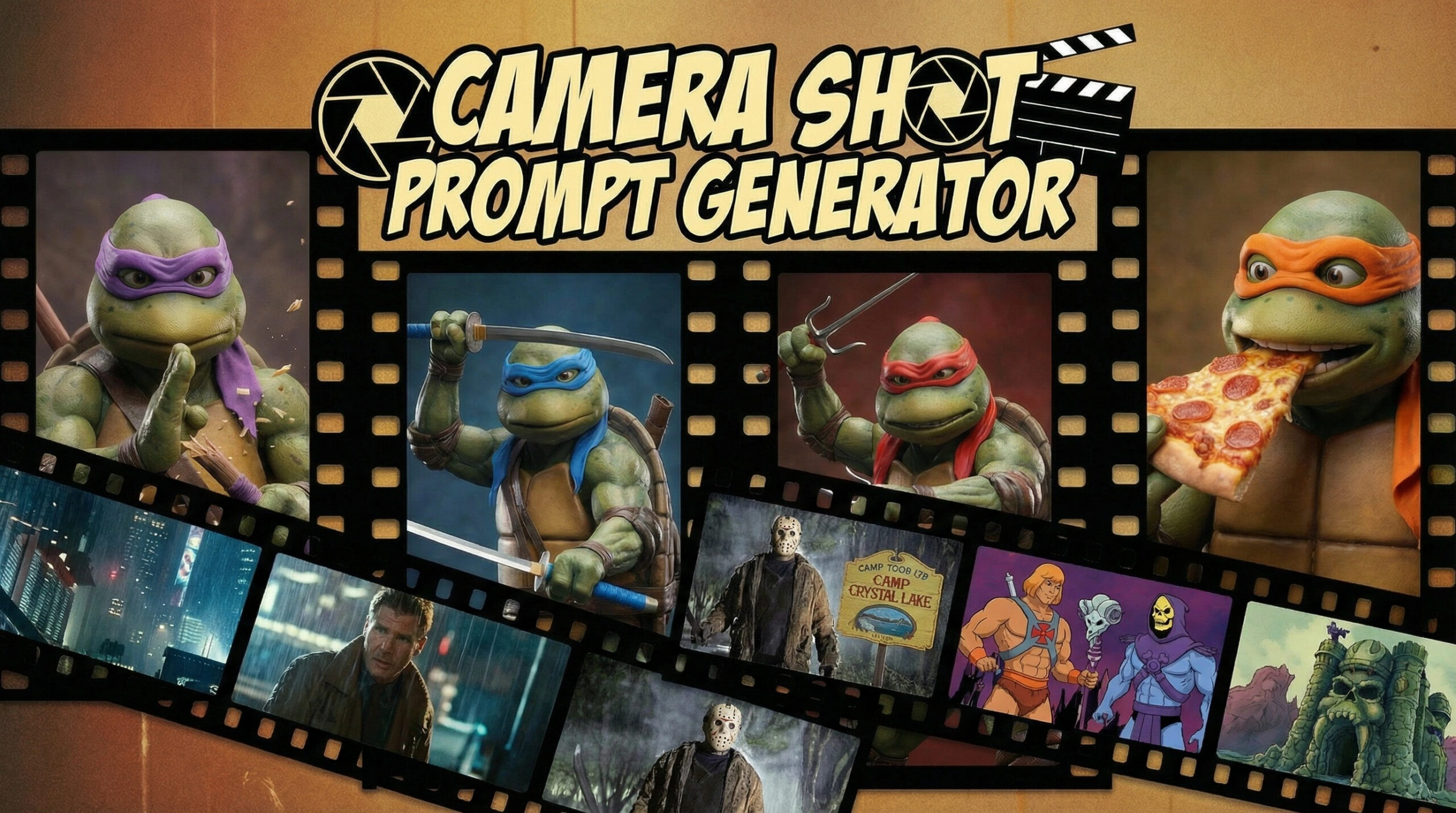
AI Fashion: The Disruption of AI in Fashion Photography
As a lifelong artist and photographer, I’ve seen my fair share of changes and disruptions in the industry. But nothing compares to the revolution that’s currently underway with the emergence of AI and machine learning. As I’ve been experimenting with this technology, I’ve been blown away by what it’s capable of. I can take a product photo and teach the AI to recognize it from every angle, then apply that to an image of a human figure. The possibilities for designing are endless and I think this is going to change every industry including the fashion industry. AI Fashion is going to be massive.
But this technology isn’t just a tool for artists and photographers to play around with. It’s already starting to disrupt the traditional ways of working in every industry. It’s just a matter of time before it catches up to mine. As AI becomes more sophisticated, we’re going to see a shift in the way we approach product photography and image creation, and those who don’t adapt risk becoming obsolete.
In this blog, I want to discuss how AI is going to change the game in fashion photography, and what photographers need to do to stay ahead of the curve. From AI-generated clothing photos to turntables and product swapping, the possibilities are both exciting and daunting. But through it all, one thing remains clear: we’re living in a time of rapid change and growth, and those who can adapt will be the ones to thrive.
Table of Contents
The Impact of AI on traditional photography
The impact of AI on traditional photography is a subject that has been on my mind lately. The world of photography is changing, and changing fast. It’s a fact we must all acknowledge. While we cannot stop the progress, we can ensure that we remain relevant in this world. As photographers, we must learn to work alongside the machines, to adapt our skills to the demands of the future. But it is not just the commercial sector that is affected. Even the most creative and artistically-inclined photographers are finding themselves challenged by the rise of AI.
Gone are the days when capturing a stunning photo required hours of setting up lighting and composing the perfect shot. AI-generated images are replacing traditional photo shoots, and the impact on the photography industry is to be quite honest, pretty scary. Machines can now take perfectly-lit, perfectly-composed images with ease, and even add special effects or filters that would have once required the skills of a highly-trained professional.
Creative Challenges for Human Photographers
It’s not just about commercial photography, either. The emergence of AI is challenging even the most creative photographers, who must now find new ways to distinguish themselves from the machines. As AI gets better and better at creating impressive images, the question becomes: what can human photographers offer that AI cannot?
It’s a valid concern for professional photographers, who have invested years of their lives into perfecting their craft. In a world where machines can produce images that are just as good, if not better, than those created by humans, how can a photographer justify their rates? How can they compete with a machine that can work 24/7 without breaks, without needing to be paid, or without taking up valuable studio space?
But here’s the thing: the machines are not going anywhere. The impact of AI on traditional photography is only going to increase as the technology advances. As photographers, we must learn to adapt to this new reality. We must find ways to work alongside the machines, to use them to our advantage rather than seeing them as a threat. Because if we don’t, we risk being left behind.
Beauty and Tragedy of AI-Generated Images in Fashion
The beauty and tragedy of AI-generated images lie in their potential to revolutionize the fashion industry. On the one hand, the use of AI-generated images allows designers and brands to cut costs and increase efficiency, eliminating the need for expensive photo shoots, models, and location scouting.
These images can be generated at a fraction of the cost of traditional photography, and can be manipulated to create a myriad of effects and styles that would have once required extensive post-production work. In this way, AI-generated images have opened up new possibilities for creativity and innovation, allowing for more experimentation and boundary-pushing in the fashion industry.

Economic and Creative Benefits of AI
The beauty and tragedy of AI-generated images lie in their potential to revolutionize the fashion industry. On the one hand, the use of AI-generated images allows designers and brands to cut costs and increase efficiency, eliminating the need for expensive photo shoots, models, and location scouting. These images can be generated at a fraction of the cost of traditional photography, and can be manipulated to create a myriad of effects and styles that would have once required extensive post-production work. In this way, AI-generated images have opened up new possibilities for creativity and innovation, allowing for more experimentation and boundary-pushing in the fashion industry.
The Loss of Human Touch
However, with these benefits come significant drawbacks. As AI-generated images become more commonplace, there is a risk of a loss of quality and creativity in the field of photography. Machines can churn out images at an unprecedented rate, but they lack the human touch, the intuition, and the vision that photographers bring to their work. In a world where anyone can generate high-quality images with the click of a button, the value of craftsmanship and artistry may become undervalued and overlooked.
Moreover, there are ethical concerns surrounding the use of AI-generated images in the fashion industry. As AI technologies become more advanced, it is possible that they could be used to generate images of people without their consent, or to create completely fake personas that are then used to sell products. This raises questions about the authenticity of images in the industry, as well as the potential for AI-generated images to perpetuate harmful beauty standards and unrealistic expectations.
As we move forward, we must grapple with these complex and sometimes contradictory implications of AI-generated images. While they offer exciting new possibilities for creativity and efficiency, they also pose significant challenges to any craft and raise important ethical concerns.

Is Stable Diffusion Ethical? Here’s the truth of it—labeling Stable Diffusion as entirely ethical or unethical is a tough call. While it opens up new avenues of creative exploration, its methods of using existing art pieces as learning material can be seen as a violation of the original artists’ rights. It’s like a double-edged sword, cutting both ways.
Disruption and Evolution of AI Fashion Photography
It seems inevitable that the world of fashion photography will continue to be disrupted. In the coming years, we can expect to see more and more AI-generated images, as well as new and innovative applications of this technology.
One possible future for fashion photography is a world in which the role of the photographer is greatly diminished. Instead, we may see AI algorithms taking on the bulk of the work, with human photographers acting more as directors and overseers. It’s even possible that we could see a world in which AI-generated images are indistinguishable from those produced by human photographers. Jobs like data training artists might become pretty lucrative.
Of course, there are also likely to be new and unexpected developments in the field of fashion photography as a result of AI. We may see new creative tools emerge, or entirely new forms of visual media take shape. It’s hard to predict exactly what the future will hold, but one thing is certain: the world of fashion photography will continue to evolve and transform in the years to come.
Adapting to Technological Advancements
For photographers who want to stay ahead of the curve, there are a few key steps they can take. First and foremost, it’s important to stay up-to-date with the latest technological developments in the field. This means keeping a close eye on upcoming AI tools and platforms, as well as experimenting with new techniques and approaches.
It’s also important for photographers to focus on building their own unique style. While AI can generate images that are technically impressive, it still lacks the creative spark and artistic vision that human photographers bring to their work. By honing their own unique style and vision, photographers can ensure that they remain relevant and in-demand even as AI continues to disrupt the industry.
In the end, it’s clear that the future of fashion photography will be shaped by the ongoing evolution of AI technology. But with a combination of adaptability, creativity, and technical skill, photographers can continue to thrive in this exciting and ever-changing field.

What is authenticity? It’s a question that seems straightforward on the surface, but as we go deeper, we find it elusive, multifaceted. In the context of photography, I see authenticity as the infusion of realness into every image, a tangible human connection that resonates beyond the pixels.
The Magic of AI in Photography
As we continue to explore AI-generated images, it’s important to acknowledge the many benefits that this technology brings to fashion photography. While it’s true that the rise of AI-generated images can be a cause for concern for professional photographers, it’s important to recognize the many opportunities that this technology presents as well.
One of the most significant benefits of using AI-generated images is the incredible speed and efficiency with which they can be created. Thanks to the power of machine learning algorithms and advanced software, AI-generated images can be created in a matter of minutes, saving both time and money for photographers and their clients.
Creative Possibilities Enabled by AI
But the benefits of AI in photography go far beyond mere efficiency. AI-generated images also offer a range of creative possibilities that were previously impossible to achieve. For example, AI can be used to create highly-detailed images of products or garments, allowing photographers to showcase even the smallest details of a design with stunning accuracy.
Similarly, AI can be used to create highly-realistic 3D models of products, allowing designers to experiment with different colors, textures, and styles before ever producing a physical sample.
Furthermore, AI-generated images can help photographers push the boundaries of creativity and innovation, allowing them to experiment with new styles, effects, and techniques that were previously impossible to achieve.

By using AI to augment their skills and techniques, photographers can create images that are truly unique and breathtaking, while still retaining the personal touch and creative flair that defines their work.
Addressing Ethical and Privacy Concerns
Of course, there are some concerns surrounding the use of AI in the fashion industry, particularly when it comes to issues of privacy, data ownership, and the ethical implications of using machine-generated images. But as with any new technology, it’s up to us to use it responsibly and ethically, while continuing to push the boundaries of what’s possible. For photographers looking to stay ahead of the curve in this new age of AI-generated images, the most important thing is to be open-minded and adaptable.
By embracing new technologies and techniques, and continuing to hone their craft, photographers can stay ahead of the curve and continue to create stunning images that inspire and delight. And with AI offering so many new creative possibilities, there’s never been a better time to be a photographer than right now.

Imagine having a magic wand that turns thoughts into visuals, ideas into animations, and dreams into designs; that’s the essence of what these Stable Diffusion models do. They’re not just algorithms tucked away in the digital ether but powerful tools reshaping industries from film to fashion, gaming to graphic design. These are just some of…
Anticipating AI’s Integration into Fashion Design
As I reflect on the many ways that artificial intelligence has already impacted the world of photography, I can’t help but feel excited about the possibilities that lie ahead for fashion design. While AI-generated fashion design has not yet been fully integrated into the fashion industry, I believe it is only a matter of time before it becomes commonplace. As someone who has been experimenting with AI in my own work and developing applications for its use in fashion design, I am constantly inspired by the potential for this technology. With the help of AI, I am able to create unique and imaginative designs that would be impossible to produce using traditional methods.
Advancing Fashion Trends with AI
In the fashion industry, where trends and styles are constantly evolving, AI can help designers stay ahead of the curve and create cutting-edge designs that capture the attention of consumers. The ability to quickly generate a wide range of designs and experiment with various color palettes and fabrics can save time and resources, allowing for more creativity and innovation.
For me personally, as a creator of the photo novella series DangerGirlx, I am always exploring ways to bring my unique concepts to life in a variety of mediums. With the help of AI-generated fashion design, I can imagine a future where the costumes and outfits in my series become a reality, as I push the boundaries of what is possible in the world of fashion.

And as younger audiences become increasingly interested in unique and unconventional styles, the use of AI in fashion design is likely to become even more prevalent. Of course, there are concerns about the ethical implications of using AI-generated designs and the potential for job loss in the industry. However, I believe that with proper guidance and oversight, the use of AI can ultimately enhance and elevate the art of fashion design.
As with any new technology, it’s important for designers to stay informed and adapt to these new tools in order to stay competitive in the industry. While some may feel uneasy about the changes that AI will bring, I believe that embracing new technology and staying open to its potential can only lead to more innovative and exciting designs. The future of fashion design is wide open, and with the help of AI, I believe that we will see a new era of creativity and experimentation in the industry, as designers push the limits of what is possible and bring their wildest visions to life.
Interested in what I’m working on to adapt with the rapid growth of AI Generation? Check out my concept below.

The concept of censorship on social media platforms has always been a controversial issue. While necessary for ensuring a safe and appropriate environment, it can often detract from the overall user experience, leading to frustrating experiences such as scrolling through endless streams of blurred out images. This is why gamifying censorship can change the way…
Conclusion
As we come to the end of this discourse on the impact of AI on fashion photography and design, I’m reminded of the words of a great philosopher who once said, “Change is the only constant in life.” Indeed, this is a truism that has been tested and proven time and time again, as we’ve seen in the world of fashion. With the advent of AI in fashion photography and design, we’ve witnessed a transformation of the industry that promises to be as groundbreaking as it is beautiful. From the use of AI-generated images to the creation of unique fashion designs, AI is opening up new horizons of creativity and innovation that were once unimaginable.
However, as with any change, there are challenges that must be addressed, particularly with regards to ethical concerns surrounding the use of AI-generated images. As we move forward into this brave new world, it is vital that we keep these concerns in mind and continue to engage in thoughtful and responsible practices. Yet, for those who are willing to embrace the possibilities that AI offers, the future of fashion is indeed a bright one. As photographers and designers, we have the chance to create work that is not only beautiful but truly transformative, work that inspires and awakens the imagination of all those who encounter it.
So let us embrace this change with open hearts and minds, and let us look forward to the endless possibilities that lie ahead. For as we have seen time and time again, it is through change and innovation that we can push the boundaries of what is possible, and create a future that is both beautiful and bright.






Leave a Reply